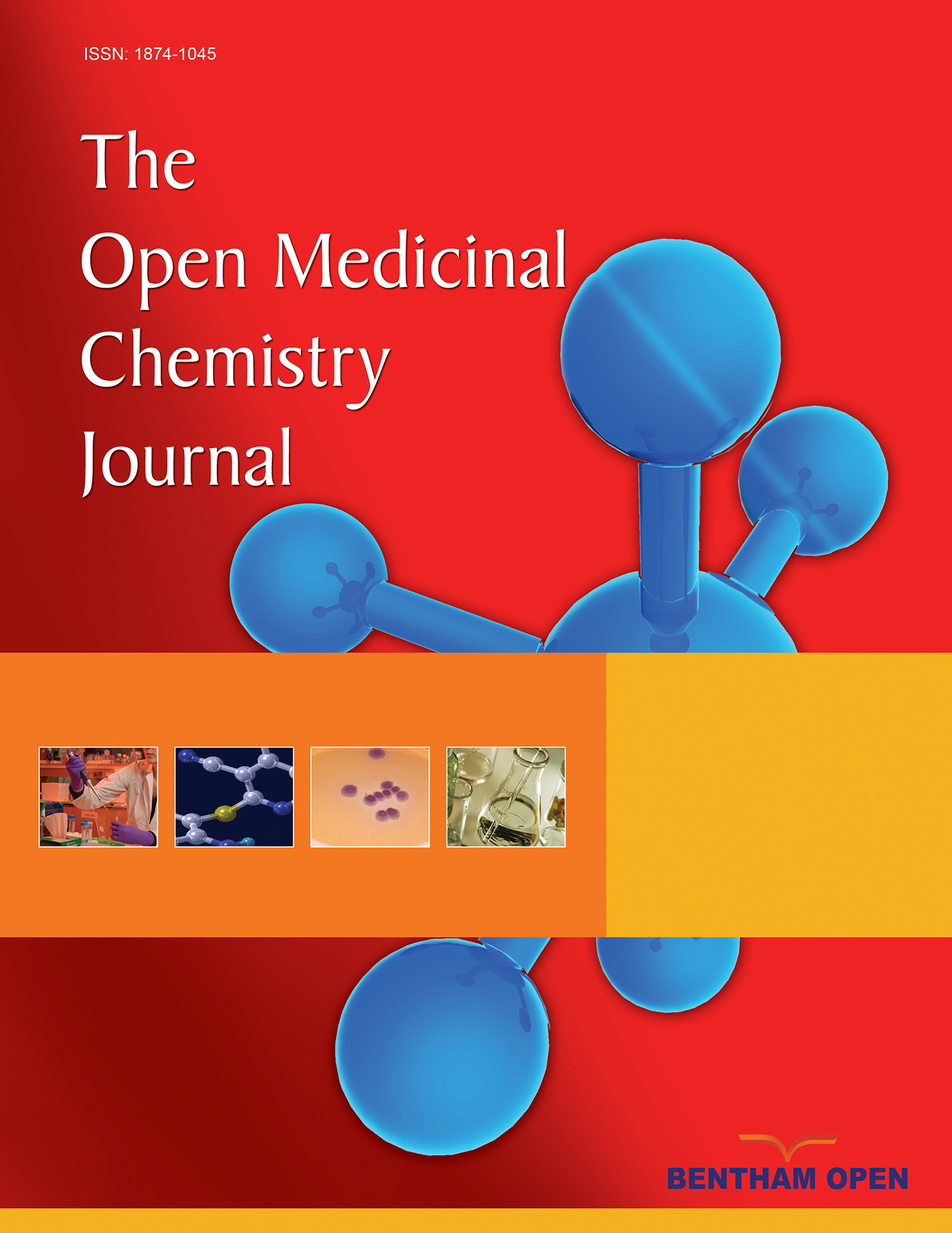All published articles of this journal are available on ScienceDirect.
Acridine and Acridinones: Old and New Structures with Antimalarial Activity
Abstract
Since emergence of chloroquine-resistant Plasmodium falciparum and reports of parasite resistance to alternative drugs, there has been renewed interest in the antimalarial activity of acridines and their congeners, the acridinones. This article presents literature compilation of natural acridinone alkaloids and synthetic 9-substituted acridines, acridinediones, haloalcoxyacridinones and 10-N-substituted acridinones with antimalarial activity. The review also provides an outlook to antimalarial modes of action of some described compounds.


